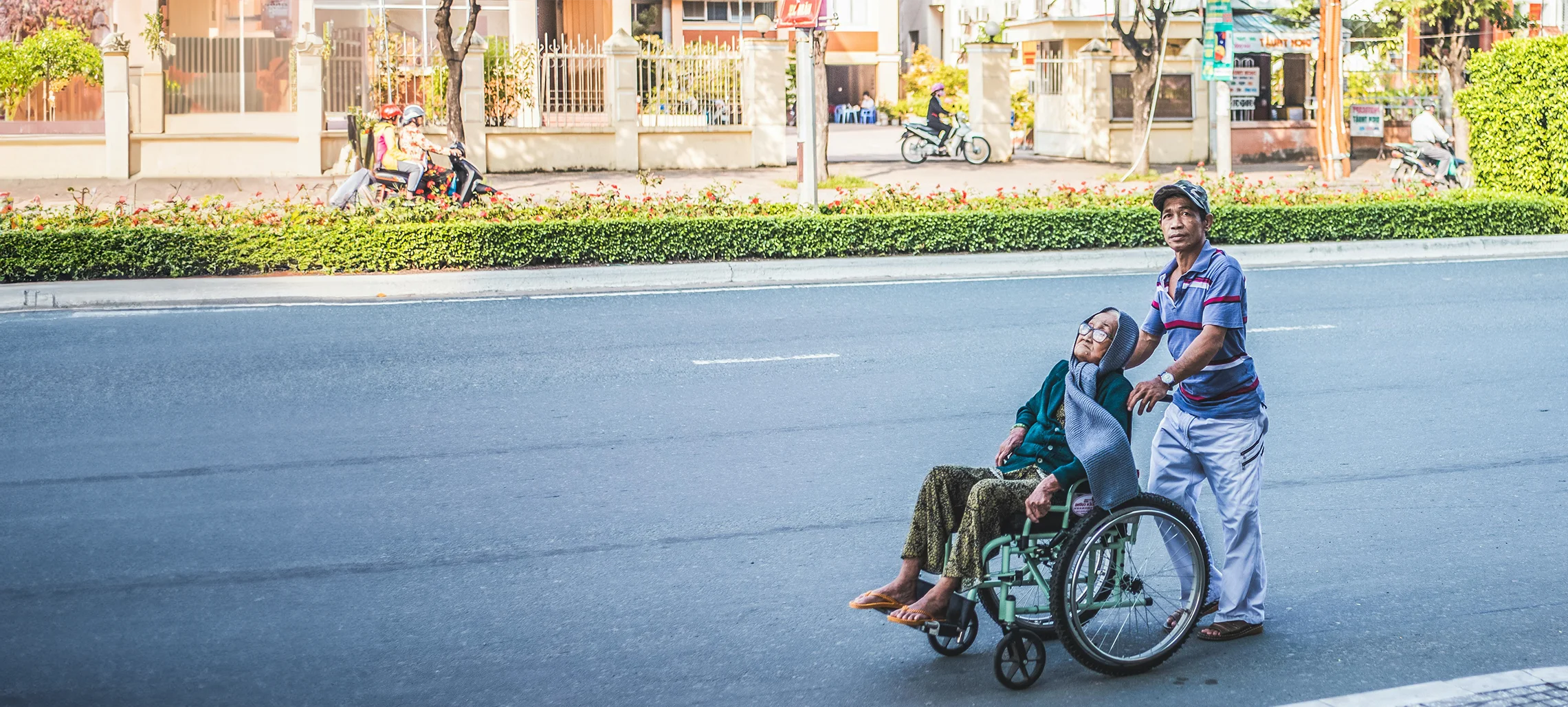The Real Cost of Understanding
The true extent of poverty in the Bay Area is also intertwined with the issue of underfunding in critical social programs and geographical areas across our region. This underinvestment has lasting and far-reaching consequences, impacting the most vulnerable members of our community.
-
Insufficient Support Systems: Inadequate funding for social programs translates to limited resources available for those in need. Not only does this lead to a failure within the system to provide the necessary aid, but it also exacerbates the challenges faced by individuals and families who are struggling.
-
Reduced Access to Education: Underfunding affects access to essential services like education and healthcare. Low-income communities face barriers in accessing quality education and healthcare, perpetuating the cycle of poverty through limited opportunities for advancement.
-
Increased Vulnerability: Insufficient investment makes individuals and communities more vulnerable to economic downturns, emergencies, and other unexpected challenges. Without a safety net to fall back on, families can spiral deeper into poverty, making it even harder to break the cycle.
These are grim realities, but they don’t have to remain that way. United Way Bay Area remains committed to advocating for change and mobilizing resources to fight poverty in the Bay Area. By raising awareness and fostering partnerships, we believe we can create a more equitable and supportive environment for all residents of our region.



